The media’s mania over Trump’s Helsinki performance and the so-called Russia-gate scandal reached new depths on Monday, says Joe Lauria
By Joe Lauria
Originally published by Consortium News – reprinted here with permission
The reaction of the U.S. establishment media and several political leaders to President Donald Trump’s press conference after his summit meeting with Russian President Vladimir Putin on Monday has been stunning.

Writing in The Atlantic, James Fallows said:
“There are exactly two possible explanations for the shameful performance the world witnessed on Monday, from a serving American president.
Either Donald Trump is flat-out an agent of Russian interests—maybe witting, maybe unwitting, from fear of blackmail, in hope of future deals, out of manly respect for Vladimir Putin, out of gratitude for Russia’s help during the election, out of pathetic inability to see beyond his 306 electoral votes. Whatever the exact mixture of motives might be, it doesn’t really matter.
Or he is so profoundly ignorant, insecure, and narcissistic that he did not realize that, at every step, he was advancing the line that Putin hoped he would advance, and the line that the American intelligence, defense, and law-enforcement agencies most dreaded.
Conscious tool. Useful idiot. Those are the choices, though both are possibly true, so that the main question is the proportions … never before have I seen an American president consistently, repeatedly, publicly, and shockingly advance the interests of another country over those of his own government and people.”
As soon as the press conference ended CNN cut to its panel with these words from TV personality Anderson Cooper: “You have been watching perhaps one of the most disgraceful performances by an American president at a summit in front of a Russian leader, surely, that I’ve ever seen.”
David Gergen, who for years has gotten away with portraying himself on TV as an impartial political sage, then told CNN viewers:
“I’ve never heard an American President talk that way but I think it is especially true that when he’s with someone like Putin, who is a thug, a world-class thug, that he sides with him again and again against his own country’s interests of his own institutions that he runs, that he’s in charge of the federal government, he’s in charge of these intelligence agencies, and he basically dismisses them and retreats into this, we’ve heard it before, but on the international stage to talk about Hillary Clinton’s computer server …”
“It’s embarrassing,” interjected Cooper.
“It’s embarrassing,” agreed Gergen.
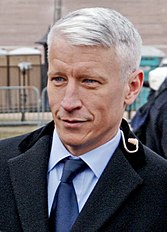
White House correspondent Jim Acosta, ostensibly an objective reporter, then gave his opinion: “I think that sums it up nicely. This is the president of the United States essentially taking the word of the Russian president…over his own intelligence community. It was astonishing, just astonishing to be in the room with the U.S. president and the Russian president on this critical question of election interference, and to retreat back to these talking points about DNC servers and Hillary Clinton’s emails when he had a chance right there in front of the world to tell Vladimir Putin to stay the HELL out of American democracy, and he didn’t do it.”
In other words Trump should just shut up and not question a questionable indictment, which Acosta, like nearly all the media, treat as a conviction.
The Media’s Handlers
The media’s handlers were even worse than their assets. Former CIA director John Brennan tweeted: “Donald Trump’s press conference performance in Helsinki rises to & exceeds the threshold of ‘high crimes & misdemeanors,.’ It was nothing short of treasonous. Not only were Trump’s comments imbecilic, he is wholly in the pocket of Putin. Republican Patriots: Where are you???”
Here’s where the Republican Patriots are, Brennan: “That’s how a press conference sounds when an Asset stands next to his Handler,” former RNC Chairman Michael Steele tweeted.
Representative Liz Cheney, the daughter of the former vice president, said on Twitter: “As a member of the House Armed Services Committee, I am deeply troubled by President Trump’s defense of Putin against the intelligence agencies of the U.S. & his suggestion of moral equivalence between the U.S. and Russia. Russia poses a grave threat to our national security.”
All these were reactions to Trump expressing skepticism about the U.S. indictment on Friday of 12 Russian intelligence agents for allegedly interfering in the 2016 U.S. presidential election while he was standing next to Russian President Vladimir Putin at the press conference following their summit meeting in Helsinki.
“I will say this: I don’t see any reason why it would be” Russia, Trump said. “I have great confidence in my intelligence people, but I will tell you that President Putin was extremely strong and powerful in his denial today.”
The indictments, which are only unproven accusations, formally accused 12 members of the GRU, Russian military intelligence, of stealing Democratic Party emails in a hacking operation and giving the materials to WikiLeaks to publish in order to damage the candidacy of Trump’s opponent, Hillary Clinton. The indictments were announced on Friday, three days before the summit, with the clear intention of getting Trump to cancel it. He ignored cries from the media and Congress to do so.
Over the weekend Michael Smerconish on CNN actually said the indictments proved that Russia had committed a “terrorist attack” against the United States. This is in line with many pundits who are comparing this indictment, that will most likely never produce any evidence, to 9/11 and Pearl Harbor. The danger inherent in that thinking is clear.
Putin said the allegations are “utter nonsense, just like [Trump] recently mentioned.” He added: “The final conclusion in this kind of dispute can only be delivered by a trial, by the court. Not by the executive, by the law enforcement.” He could have added not by the media.
Trump reasonably questioned why the FBI never examined the computer servers of the Democratic National Committee to see whether there was a hack and who may have done it. Instead a private company, CrowdStrike, hired by the Democratic Party studied the server and within a day blamed Russia on very dubious grounds.
“Why haven’t they taken the server?” Trump asked. “Why was the FBI told to leave the office of the Democratic National Committee? I’ve been wondering that. I’ve been asking that for months and months and I’ve been tweeting it out and calling it out on social media. Where is the server? I want to know, where is the server and what is the server saying?”
But being a poor communicator, Trump then mentioned Clinton’s missing emails, allowing the media to conflate the two different servers, and be easily dismissed as Gergen did.
At the press conference, Putin offered to allow American investigators from the team of special counsel Robert Mueller, who put the indictment together, to travel to Russia and take part in interviews with the 12 accused Russian agents. He also offered to set up a joint cyber-security group to examine the evidence and asked that in return Russia be allowed to question persons of interest to Moscow in the United States.
“Let’s discuss the specific issues and not use the Russia and U.S. relationship as a loose change for this internal political struggle,” Putin said.
On CNN, Christiane Amanpour called Putin’s clear offer “obfuscation.”
Even if Trump agreed to this reasonable proposal it seems highly unlikely that his Justice Department will go along with it. Examination of whatever evidence they have to back up the indictment is not what the DOJ is after. As I wrote about the indictments in detail on Friday:
“The extremely remote possibility of convictions were not what Mueller was apparently after, but rather the public perception of Russia’s guilt resulting from fevered media coverage of what are after all only accusations, presented as though it is established fact. Once that impression is settled into the public consciousness, Mueller’s mission would appear to be accomplished.”
Still No ‘Collusion’
The indictments did not include any members of Trump’s campaign team for “colluding” with the alleged Russian hacking effort, which has been a core allegation throughout the two years of the so-called Russia-gate scandal. Those allegations are routinely reported in U.S. media as established fact, though there is still no evidence of collusion.
Trump emphasised that point in the press conference. “There was no collusion at all,” he said forcefully. “Everybody knows it.”
On this point corporate media has been more deluded than normal as they clutch for straws to prove the collusion theory. As one example of many across the media with the same theme, a New York Times story on Friday, headlined, “Trump Invited the Russians to Hack Clinton. Were They Listening?,” said Russia may have absurdly responded to Trump’s call at 10:30 a.m. on July 27, 2016 to hack Clinton’s private email server because it was “on or about” that day that Russia allegedly first made an attempt to hack Clinton’s personal emails, according to the indictment, which makes no connection between the two events.
If Russia is indeed guilty of remotely hacking the emails it would have had no evident need of assistance from anyone on the Trump team, let alone a public call from Trump on national TV to commence the operation.
More importantly, as Twitter handle “Representative Press” pointed out: “Trump’s July 27, 2016 call to find the missing 30,000 emails could not be a ‘call to hack Clinton’s server’ because at that point it was no longer online. Long before Trump’s statement, Clinton had already turned over her email server to the U.S. Department of Justice.” Either the indictment was talking about different servers or it is being intentionally misleading when it says “on or about July 27, 2016, the Conspirators attempted after hours to spearphish for the first time email accounts at a domain hosted by a third party provider and used by Clinton’s personal office.”
This crucial fact alone, that Clinton had turned over the server in 2015 so that no hack was possible, makes it impossible that Trump’s TV call could be seen as collusion. Only a desperate person would see it otherwise.
But there is a simple explanation why establishment journalists are in unison in their dominant Russian narrative: it is career suicide to question it.
As Samuel Johnson said as far back as 1745: “The greatest part of mankind have no other reason for their opinions than that they are in fashion …since vanity and credulity cooperate in its favour.”
Importance of US-Russia Relations
Trump said the unproven allegation of collusion “has had a negative impact upon the relationship of the two largest nuclear powers in the world. We have 90 percent of nuclear power between the two countries. It’s ridiculous. It’s ridiculous what’s going on with the probe.”
The American president said the U.S. has been “foolish” not to attempt dialogue with Russia before, to cooperate on a range of issues.
“As president, I cannot make decisions on foreign policy in a futile effort to appease partisan critics or the media or Democrats who want to do nothing but resist and obstruct,” Trump said. “Constructive dialogue between the United States and Russia forwards the opportunity to open new pathways toward peace and stability in our world. I would rather take a political risk in pursuit of peace than to risk peace in pursuit of politics.”
This main reason for summits between Russian and American leaders was also ignored: to use diplomacy to reduce dangerous tensions. “I really think the world wants to see us get along,” Trump said. “We are the two great nuclear powers. We have 90 percent of the nuclear. And that’s not a good thing, it’s a bad thing.”
Preventing good relations between the two countries appears to be the heart of the matter for U.S. intelligence and their media assets. So Trump was vilified for even trying.
Ignoring the Rest of the Story
Obsessed as they are with the “interference” story, the media virtually ignored the other crucial issues that came up at the summit, such as the Middle East.
Trump sort of thanked Russia for its efforts to defeat ISIS. “When you look at all of the progress that’s been made in certain sections with the eradication of ISIS, about 98 percent, 99 percent there, and other things that have taken place that we have done and that, frankly, Russia has helped us with in certain respects,” he said.
Trump here is falsely taking credit, as he has before, for defeating ISIS with only some “help” from Russia. In Iraq the U.S. led the way against ISIS coordinating the Iraqi and Kurdish security forces. But in the separate war against ISIS in Syria, Russia, the Syrian Arab Army, Kurdish forces, Iranian troops and Hizbullah militias were almost entirely responsible for ISIS’ defeat.

Also on Syria, Trump appeared to endorse what is being reported as a deal between Russia and Israel in which Israel would accept Bashar al-Assad remaining as Syrian president, while Russia would work on Iran to get it to remove its forces away from the northern Golan Heights, which Israel illegally considers its border with Syria.
After a meeting in Moscow last week with Putin, Israel Prime Minister Benjamin Netanyahu said he accepted Assad remaining in power.
“President Putin also is helping Israel,” Trump said at the press conference. “We both spoke with Bibi Netanyahu. They would like to do certain things with respect to Syria, having to do with the safety of Israel. In that respect, we absolutely would like to work in order to help Israel. Israel will be working with us. So both countries would work jointly.”
Trump also said that the U.S. and Russian militaries were coordinating in Syria, but he did not go as far as saying that they had agreed to fight together there, which has been a longstanding proposal of Putin’s dating back to September 2015, just before Moscow intervened militarily in the country.
“Our militaries have gotten along probably better than our political leaders for years,” Trump said. “Our militaries do get along very well. They do coordinate in Syria and other places.”
Trump said Russia and the U.S. should cooperate in humanitarian assistance in Syria.
“If we can do something to help the people of Syria get back into some form of shelter and on a humanitarian basis…that’s what the word was, a humanitarian basis,” he said. “I think both of us would be very interested in doing that.”
Putin said he had agreed on Sunday with French President Emmanuel Macron on a joint effort with Europe to deliver humanitarian aid. “On our behalf, we will provide military cargo aircraft to deliver humanitarian cargo. Today, I brought up this issue with President Trump. I think there’s plenty of things to look into,” Putin said.
Joe Lauria is editor-in-chief of Consortium News and a former correspondent for The Wall Street Journal, Boston Globe, Sunday Times of London and numerous other newspapers. He can be reached at joelauria@consortiumnews.com and followed on Twitter @unjoe .
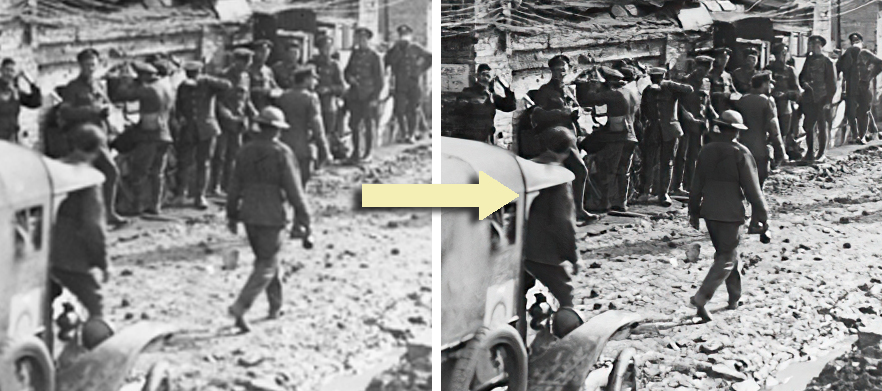

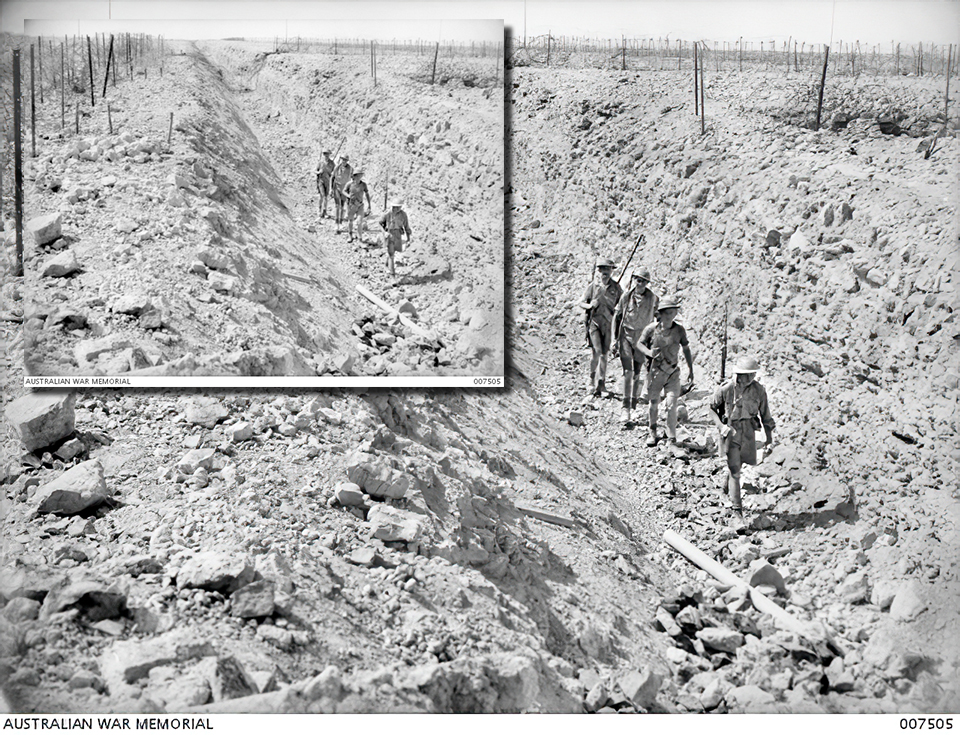





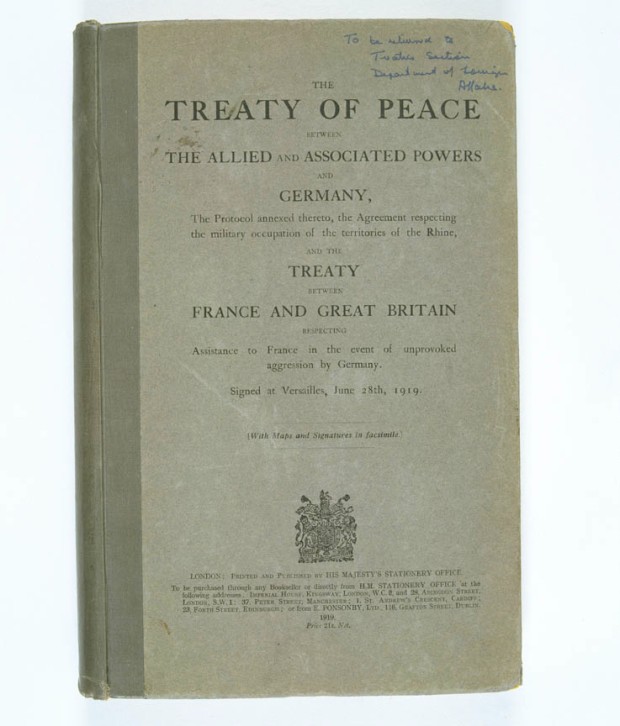
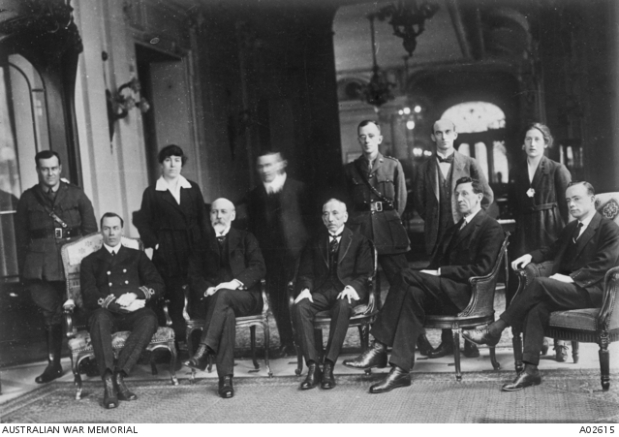
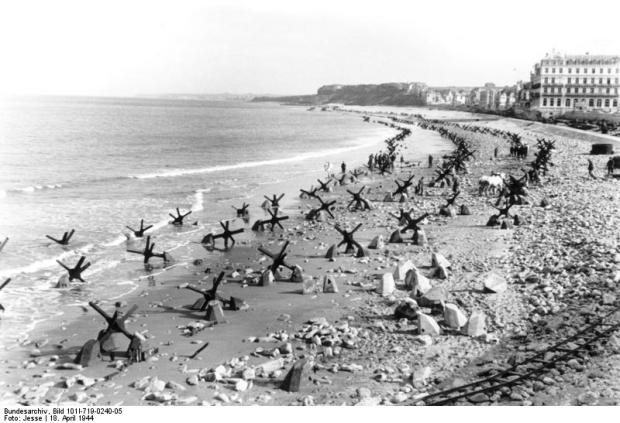

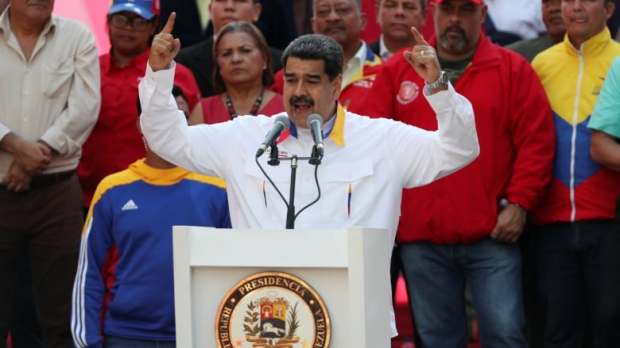
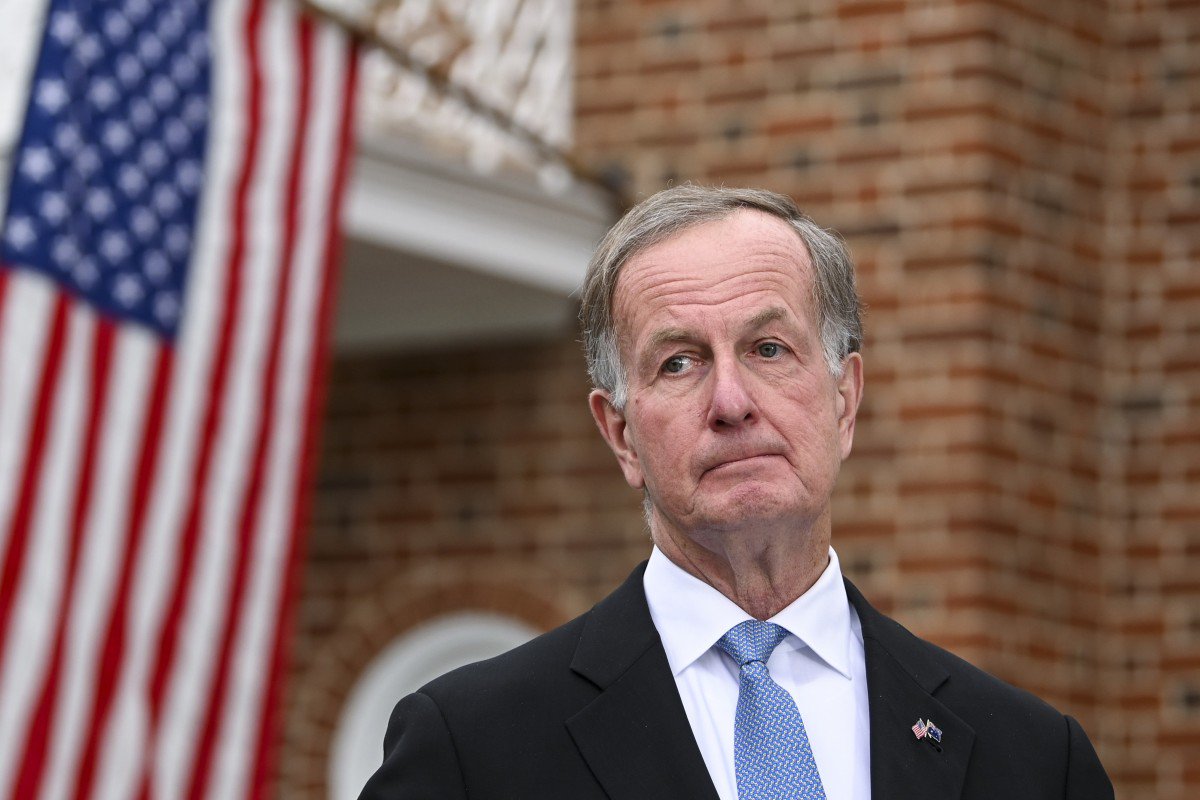
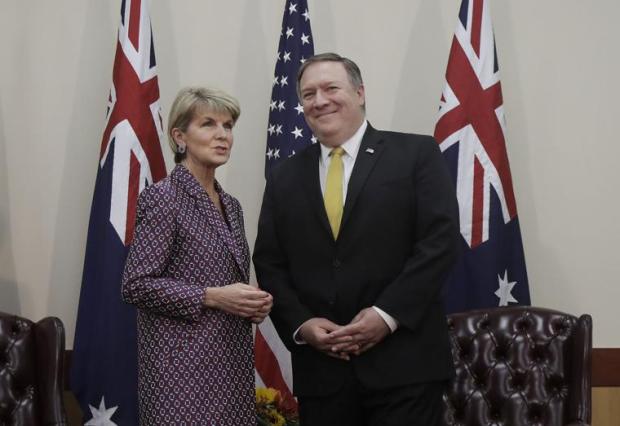
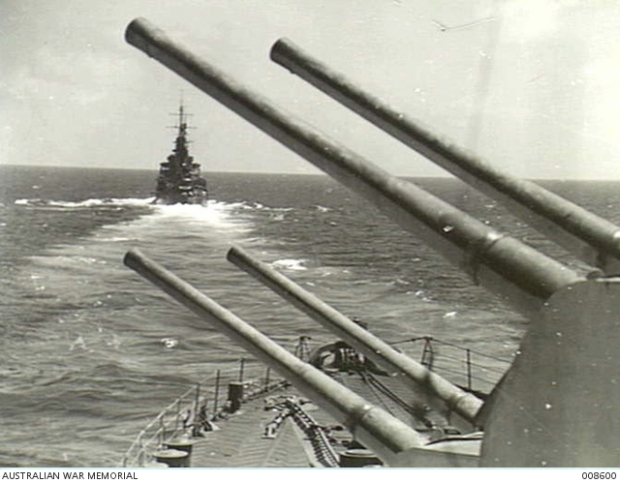
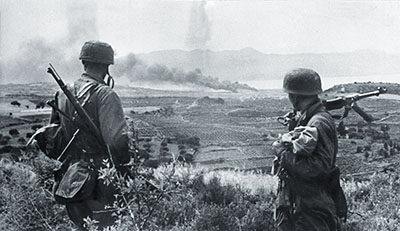
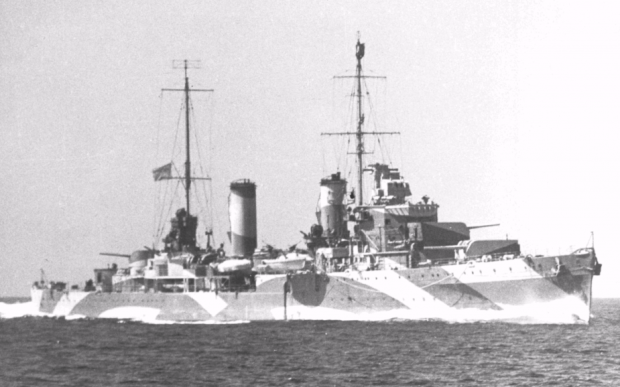
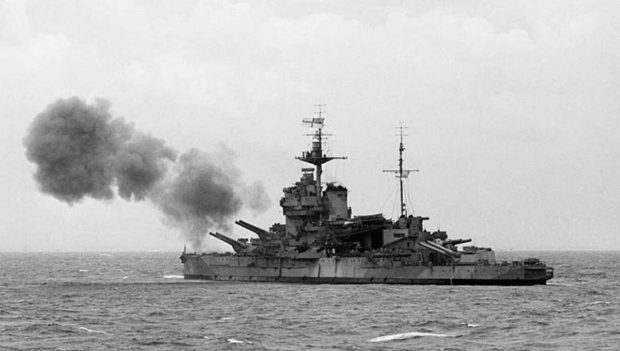
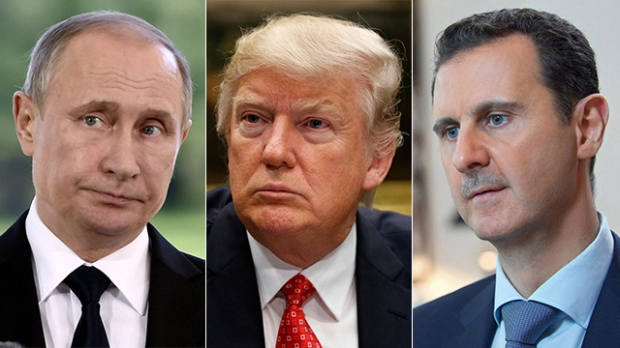
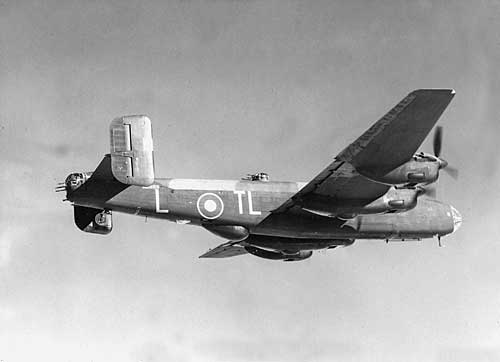
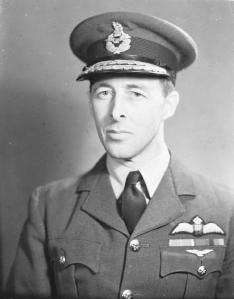
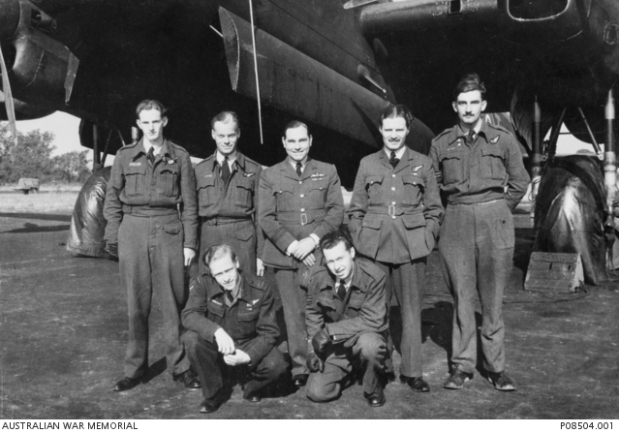
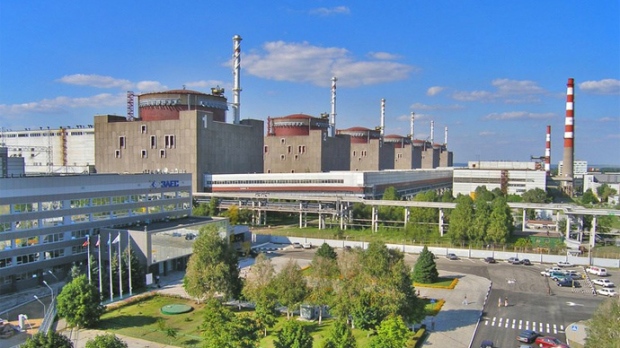
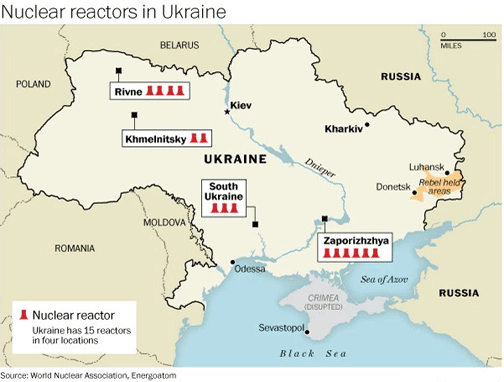
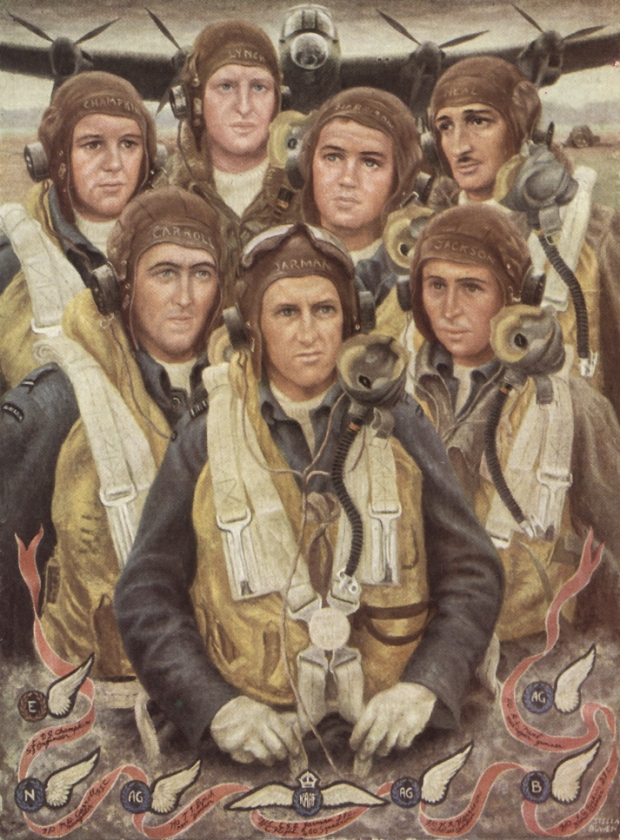
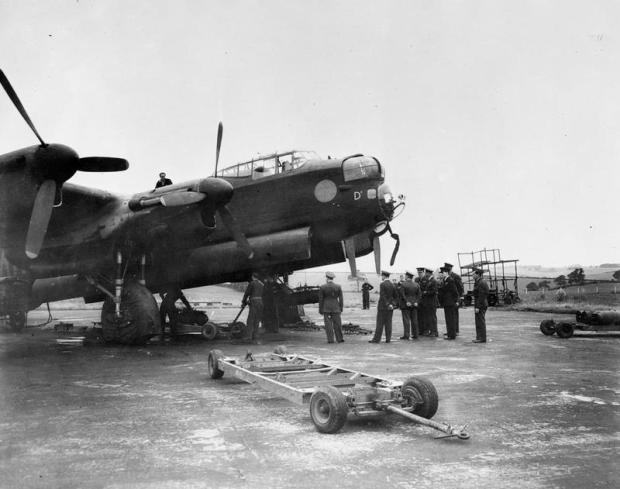
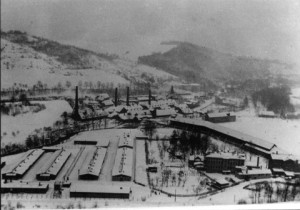
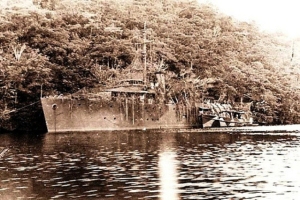

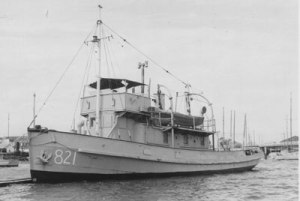
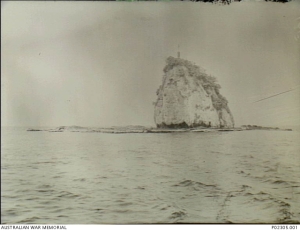
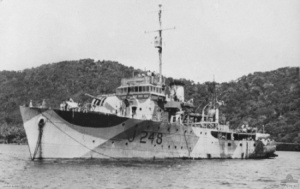
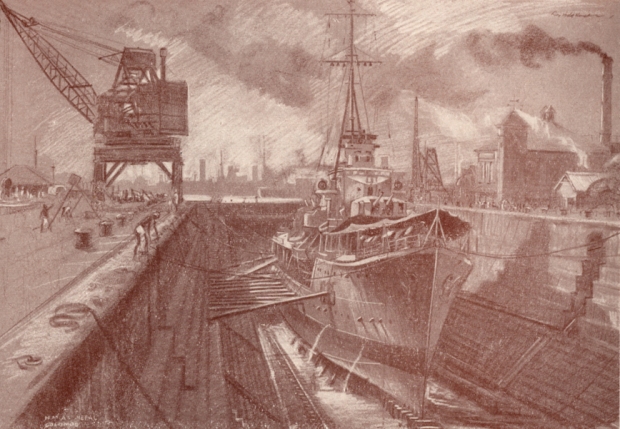
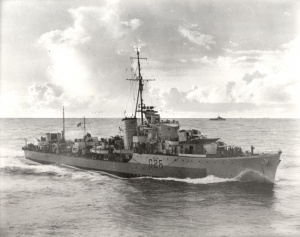
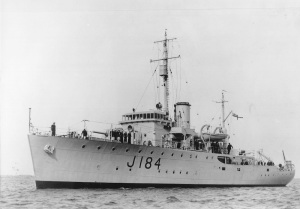
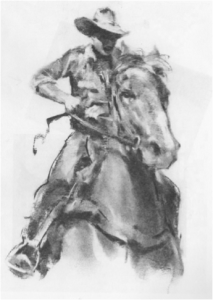 As mentioned in
As mentioned in 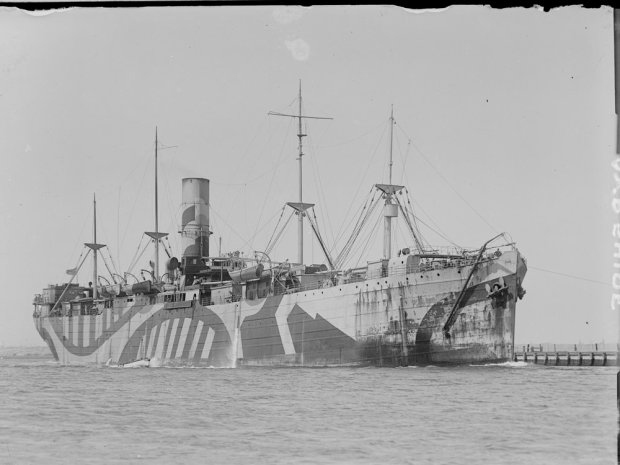
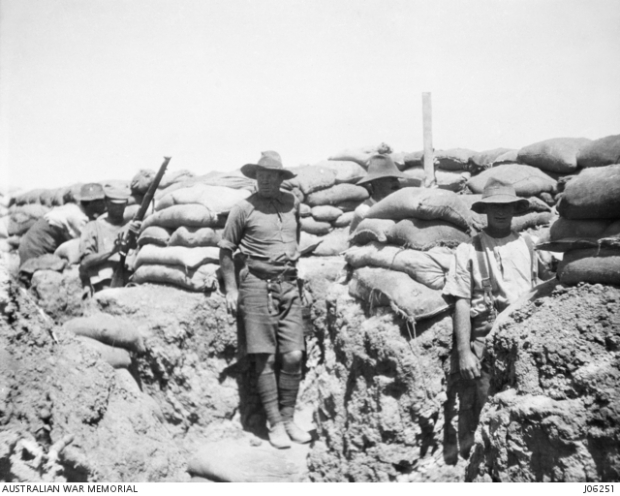
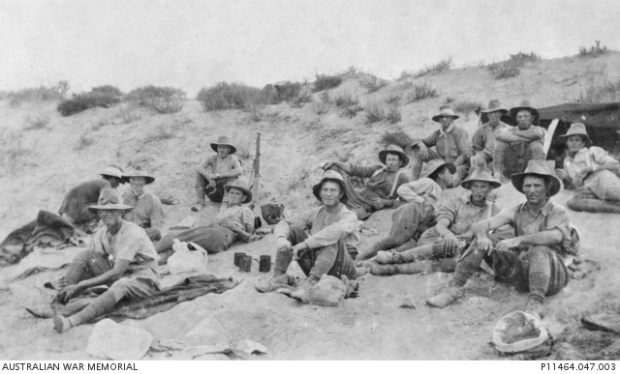
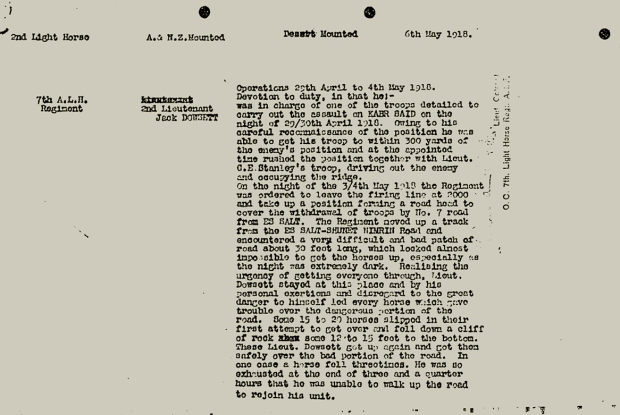
![Three prisoners at Shimo Songkurai in 1943. The effects of malnutrition can be seen in their skeletal frames and the stomach of the man on the right, distended by beri beri. The photograph was one of the last to be taken by George Aspinall on the camera he smuggled up to the Thai–Burma railway from Changi. [By courtesy Tim Bowden]](https://rantfoundry.files.wordpress.com/2015/11/tb_three_fit_men-l.jpg?w=620)

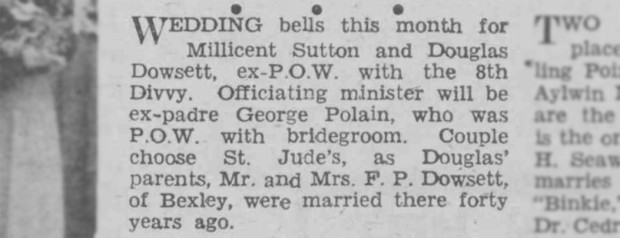
![The isolation hospital area for cholera sufferers, Shimo Songkurai. The patients were housed under canvas to the left of the photo. In the centre is the operating table used for amputations, ulcer treatment and post-mortems. [Photo by George Aspinall, by courtesy Tim Bowden]](https://rantfoundry.files.wordpress.com/2015/11/tb_cholera_tents-l.jpg?w=620)
![Working on a Thailand Railway Cutting, July 1943 by the official war artist Murray Griffin. This has become one of the most famous images of the hellish conditions experienced when constructing the Thai–Burma railway, though Griffin painted this from accounts by other POWs. He spent the whole of his captivity in Changi. [AWM ART25081]](https://rantfoundry.files.wordpress.com/2015/11/awm_art25081-l.jpg?w=300)



